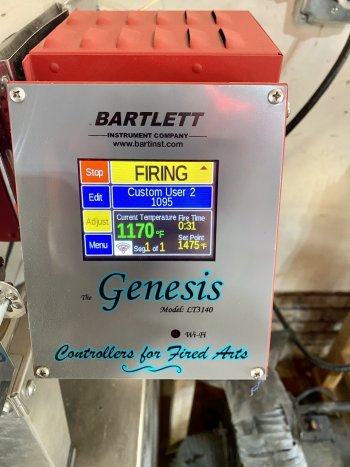Chris Railey
Well-Known Member
So what is the accepted practice in general when heat treating in an oven. When I harden the steel do I let it ramp up with the oven or keep the steel out and introduce it after the oven is at proper temp? If you leave it out until the oven is at temp how do you know when to start your hold time? For other heats such as refining grain or annealing do I let the steel ramp up in the oven? I know specific steels require specific HT stuff but I am asking in general what is the best practice. Thanks for your responses I have only used a forge or an oxy/acetylene torch until tomorrow.

